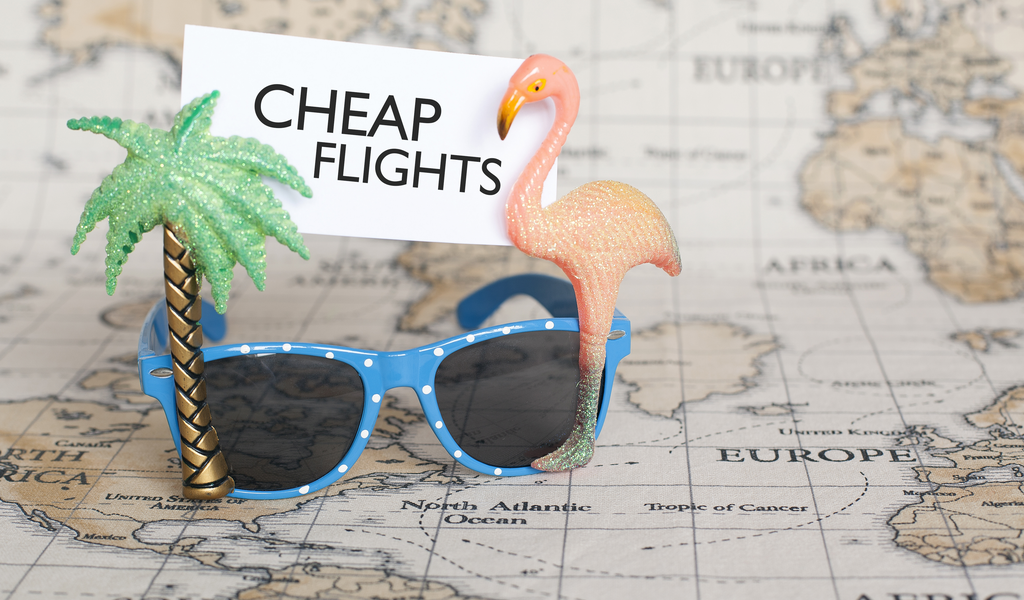Planning your next family vacation or trip with friends? You may have come across this bizarre phenomenon where it seems like the more tickets you buy, the more you end up paying per head. I’m sure you’re scratching your head, wondering if it shouldn’t be the other way around because you always bulk purchases always come with a discount, and certainly not a price hike, at least!
However, not many people know that this is a trick that airlines use to make more money. This is all concerned with “fare buckets”, which is a way that airlines price their tickets according to the different “classes”. But, don’t worry! There’s a simple way to get around this trick and make sure you don’t get overcharged. Airlines aren’t really forthcoming with this because, obviously, they want to make more money, but it’s something every flier should know!

Let’s start with the basics…
What are Fare Buckets?
As we said, fare buckets are categories of tickets within the different classes. For instance, you’ve probably heard of economy and business class tickets, but did you know that airlines break these down even further when it comes to pricing?
So, economy would be broken up into basic economy, coach economy, etc., and this means that there will be different ticket prices for the same boarding class.
“[Airlines] do this in an attempt to maximize revenue,” says Willis Orlando, a Product Operations Specialist at Scott’s Cheap Flights. “They want to push out the cheapest tickets to leisure travelers, who will walk away if they don’t get a reasonable price, while holding other tickets, in the same fare class, at higher prices for people who are traveling for business, [or] whose jobs are footing the bill, but are maybe still traveling in economy.”
Fare buckets aren’t always the same as it depends on the airline. Typically, airlines will aim to keep a similar number of passengers per fair bucket and also avoid making them too small. This is done to stimulate traffic and to attract a mix of passengers.
Why Do Group Flight Tickets Cost More?
The next time you’re booking a group ticket, try this simple experiment. Try searching for tickets for a single passenger and then check again by increasing the number of passengers. Do you see an increase in prices per head when compared to your earlier search?
What you’re seeing here is that the number of tickets in the less expensive fare bucket has been maxed out. This means that while there are still a few seats available in the less expensive fare class, there aren’t enough for the whole group. And instead of dividing your group into the two buckets, the airline moves the entire itinerary up to the next one, making ticket prices per head more expensive.
How to Avoid Overpaying for Group Flight Tickets?
Here’s the simplest and easiest solution: shop around. Check out other flights and/or airlines surrounding your travel date to see if you can get all your tickets in the lower fare bucket. This is the best way to avoid overpaying for airline tickets, especially if your travel date isn’t too close or if you’re flying to a location that has several outgoing flights on the same day.
However, if that’s not an option, there is another way to hack your way to a lower overall ticket cost. “If you’re fixed on the date and flight, just buy one ticket at a time, or buy as many as are available at the lower fare together. Then buy whatever’s left separately,” Orlando suggests. “You’ll still pay the higher price for the separate tickets, but you’ll get savings for the first ones.”
While you might be paying a higher price for some of the tickets, you will save a lot of money overall. Orlando himself once saved about $700 on a family trip to Rome using this hack!

What If You Need to Sit Together?
The one downside to buying separate tickets when you are flying as a group or with family is that you might not be able to sit together during the flight. That’s one of the reasons that the fare bucket strategy works so well in favor of the airline and why they push the entire itinerary up to the next fare bucket instead of having half the tickets in the lower one. They bet on the odds that you just might give up trying to get a better deal and simply go ahead and book those tickets at a higher price.
Orlando suggests a few ways you can get out of this dilemma as well. For one, he says, “you can call the airline and link your itineraries and they’ll try to seat you together.” However, you have to take a little gamble because you might be charged extra to do so. “If your airline has change or cancellation fees, you’ll be on the hook twice,” he warns.
The good news, though, is that air travel is always changing and updating itself (being a relatively new form of travel itself) and one of the major changes we are seeing since 2020 and forward is that major airlines are eliminating such charges for tickets above basic economy.
If you are traveling with small children or elders, you can inform the flight attendants that you are separated from your family and they may help you sit together. Or you can simply ask the passenger to switch seats with you once you are in the actual flight. It may not always work, but it’s worth a try!
Another way to ensure that you get to sit together even if you purchase separate tickets is to check-in online in advance. Most airlines these days allow passengers to check-in online before they arrive at the airport. They do this to cut down on waiting times and lines at the check-in counter. During this process, you may be allowed to select your seats, although some airlines may charge an extra fee for to do this.
Purchasing an airline ticket can come with several hidden fees and charges, so it is important to know what you’re getting into before you hit “buy”. It may not always end up how you expect it to, but don’t be fooled into thinking across-the-board price increases are inevitable!



